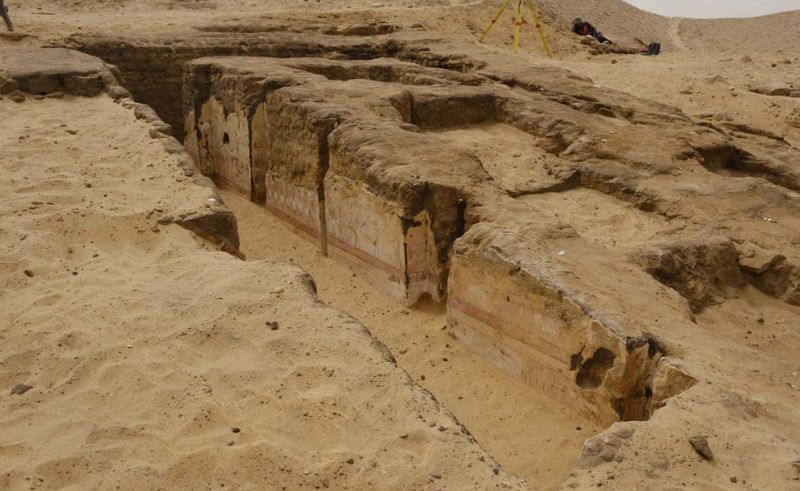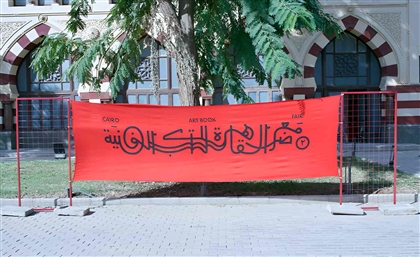4,300-Year-Old Mastaba Uncovered in Dahshur Archeological Area
The ancient burial mound belonged to Snab-Nab-Af and his wife, who both held high positions during the Old Kingdom era.

An ancient mastaba, usually built as burial plinths above a tomb, has been uncovered at the Dahshur Archaeological Area, dating back to ancient Egypt’s Old Kingdom. The discovery was made by the Egyptian-German archaeological mission of the German Institute of Antiquities. The mastaba is said to feature detailed engravings and paintings of scenery, representing views of daily life activities by the Nile and at local markets, a rare find for a site in Dahshur.
-8352de66-f156-4598-bcfb-eade9b2c2ec0.jpg)
The mastaba is constructed from mud bricks, which usually do not survive the test of time nearly as well as the limestone from which the Giza pyramids are constructed. However, this new discovery was covered by sand until recently, preserving it in good condition. It is believed to belong to a person named Snab-Nab-Af and his wife, who lived in around 2300 BC, and held several high positions in the royal palace.
-449b66fe-f6ad-42e4-8cf5-08fc6de88242.jpg)
- Previous Article Italian-Palestinian Duo No Input Debuts Eponymous Electro EP
- Next Article Travel Across History on Egypt's Most Iconic Bridges
Trending This Week
-
Dec 12, 2025



























